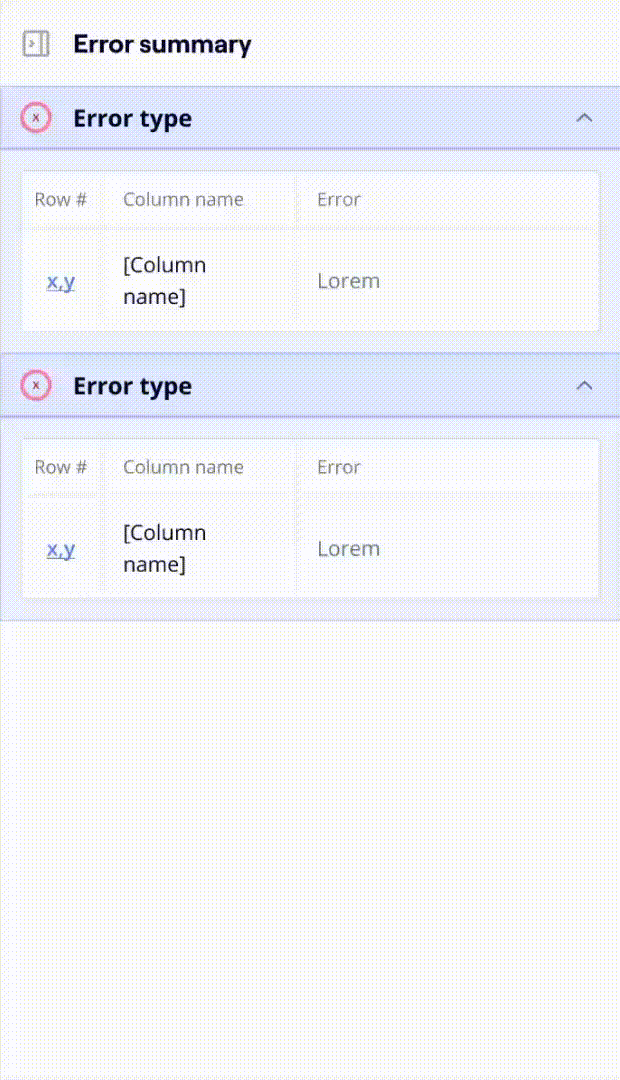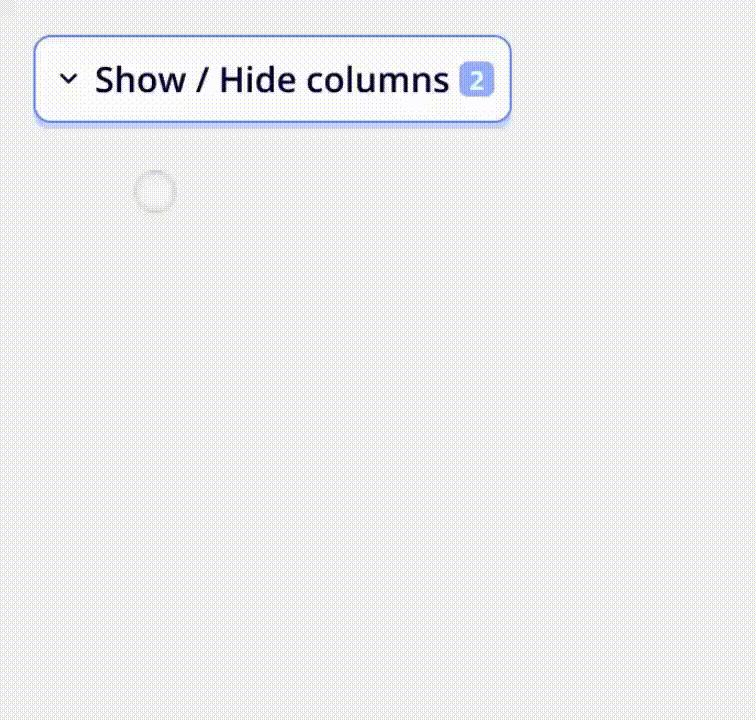Error correction
Behind every payslip, there’s a hidden process: employers must often manually transfer pension contributions using CSV files from payroll software. When these files contain errors—as they often do—contributions are delayed, leaving employees, employers, and pension providers stuck in a frustrating loop.
Client
Penfold
Platform
Web
Role
Lead Product Designer
Year
2024


TL; DR - How I contributed
1. Led usability testing to validate design decisions, uncover pain points, and refine error correction flows based on real user feedback.
2. Expanded and refined design system components to support new interaction patterns and ensure consistency across the product.
3. Collaborated cross-functionally with engineers, product managers, and account managers to align priorities, validate technical feasibility, and drive implementation.
Impact
95.7%
files processed with no errors
+122%
NPS Score (36 → 80)
Overview
When an employer runs payroll, employees often assume their pension contributions are automatically sent to their pension accounts. In reality, that’s not how the process works. Employers keep all the pension contributions from their staff, then export a CSV file from their payroll software showing how much each employee has contributed. This file must then be uploaded to the pension provider’s portal so the money can be correctly allocated to each employee’s pension pot.
Unfortunately, these CSV files are frequently riddled with errors (missing data, incorrect formatting, or mismatched details). These mistakes cause significant delays: employees lose potential investment growth, employers risk falling out of compliance with pension regulations, and pension providers face backlogs in processing contributions and collecting fees.
Process
In September 2023, only 20% of contribution files uploaded by employers were processed instantly through our Straight Through Processing (STP) system. The remaining 80% contained errors that required manual intervention. Employers needed two things: clear explanations of what was wrong and an easy way to fix it.
In Q4 2023, with limited capacity, we launched an MVP that allowed users to correct specific errors—such as Employer ID and Pay Period—and view a detailed error list. This reduced some manual work but highlighted the need for broader improvements.
We used data and feedback to guide next steps, analysing monthly error trends to prioritise fixes that users could resolve themselves versus those requiring backend changes. Insights from this discovery phase were then shared in an ideation session with the team and stakeholders to shape the next iteration of the solution.




Challenges
One of the biggest challenges at this stage was getting up to speed in a new team and navigating a complex product area with lots of existing context.
Another major hurdle was engaging users. At the time, Penfold’s growth strategy was shifting towards acquiring accountant, a new audience we didn’t yet have strong relationships with. Accountants were difficult to recruit for research and testing, as they were often busy and unfamiliar with our product. To overcome this, we partnered closely with our account managers, who helped us reach out to trusted contacts and encourage participation. This collaboration was key to gathering early insights and validating our assumptions.
Designs

.jpg)

.jpg)

.jpg)

.jpg)


Impact
95.7%
files processed with no errors
+122%
NPS Score (36 → 80)
This project was a huge success. The first iteration increased the share of error-free files from just 20% to 88%, and the next release pushed it even further to around 96%, a record within the industry.
Beyond improving accuracy, this also had a major operational impact: processing times dropped significantly, and customer complaints about failed uploads or delays were noticeably reduced. It was a clear demonstration of how targeted improvements could deliver value across the business, from users to internal teams.
